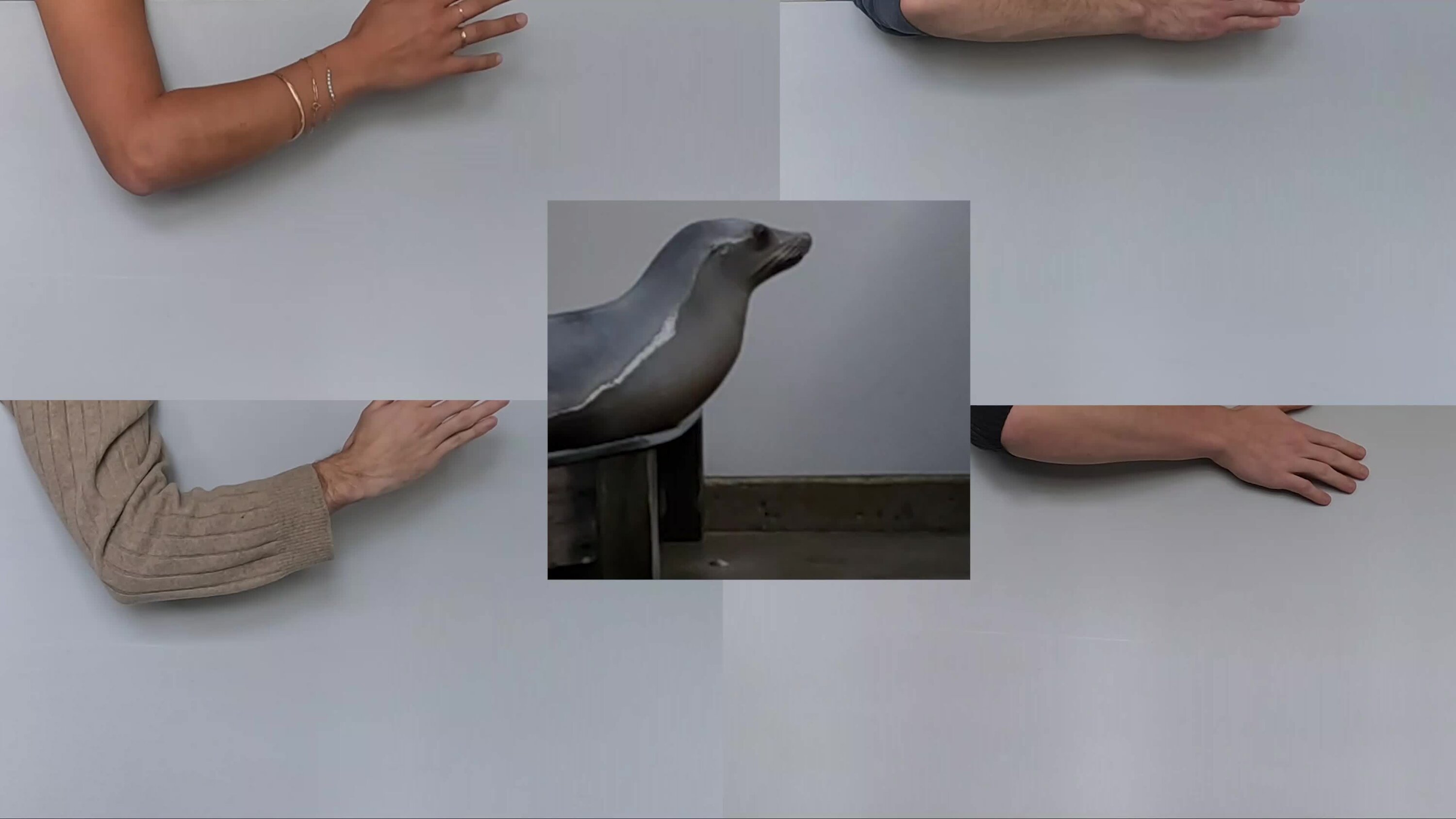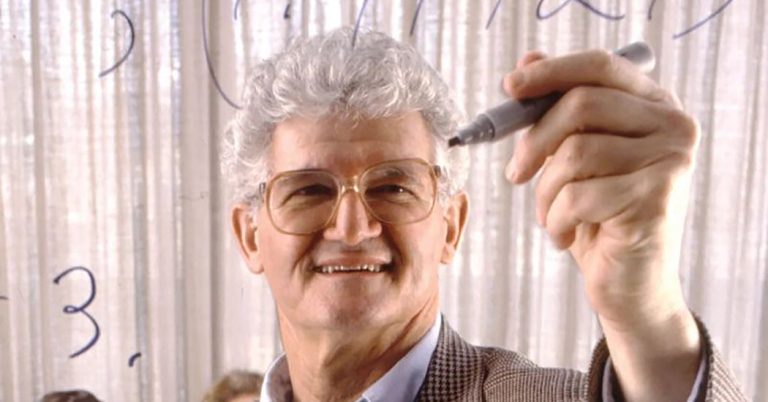This is Ronan. She’s a California sea lion and she probably has better rhythm than you.
Scientists earlier showed that Ronan, a resident of the Long Marine Laboratory at the University of California, Santa Cruz, was the first nonhuman mammal who could be trained to keep a beat, including moving in time with music. That was in 2013 when Ronan was young. Researchers recently decided to test the 15-year-old sea lion’s skills again and showed that not only had she improved her ability to bob her head in sync with beats, but she is even better than most humans at doing so.
“I think that it demonstrates conclusively that humans are not the only mammals able to keep a beat,” said Tecumseh Fitch, a cognitive biologist who studies biomusicology at the University of Vienna and wasn’t involved in the new study, which was published Thursday in the journal Scientific Reports.
Parrots are known to be able to keep a beat by moving their bodies. And recent studies have highlighted the beat-keeping capabilities of other mammals, such as monkeys and rats. But after more than a decade, “Ronan the sea lion’s rhythmic entrainment is clearly the best known in nonhuman vertebrates,” Dr. Fitch said.
The researchers trained Ronan for a few months, focusing on enhancing her precision with the old tempos on which she was trained in the past. Then, they looked at how good Ronan was at keeping a beat compared with when she was 3 years old — showing that she improved her skills as she matured.
Then, the team tested Ronan’s ability to move her head in time with tempos of 112, 120 and 128 beats per minute and compared it with the ability of 10 people aged 18 to 23 to move their arm in time with those same tempos. “The hand is like the sea lion’s head, and the arm is like the sea lion’s neck, and it’s about the same size, so they can move through the same amount of space and do the task,” said Peter Cook, a cognitive neuroscientist with a specialization in marine mammals at New College of Florida.

Human participants and Ronan performed comparable rhythmic tasks at 112 beats per minute.CreditCredit…University of California Santa Cruz, NMFS 23554

















